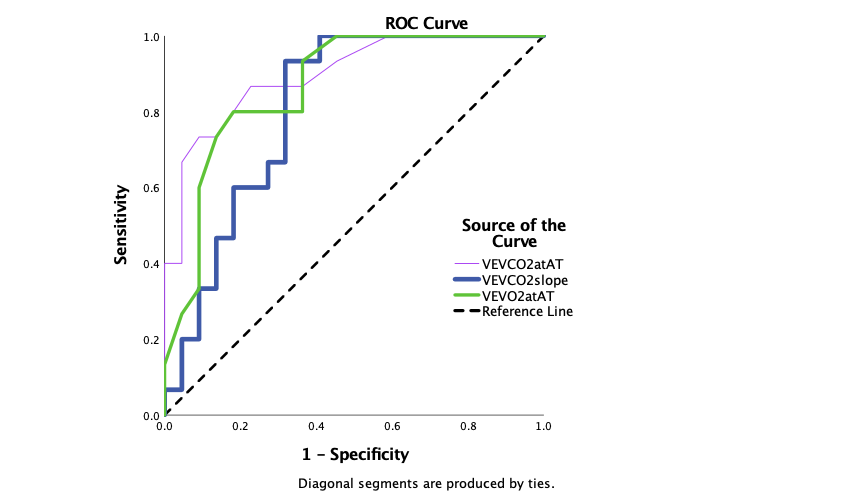Abstract
Introduction: FVC is used as the index for monitoring, commencing anti-fibrotic treatment and as an outcome measure in IPF but may not reflect the physiological impact of disease in all patients.
Aims: To assess and interrogate the level of agreement between spirometric and gas transfer indices in a population of patients with IPF.
Methods: Retrospective analysis of full PFTs in 207 patients with IPF. Indices were compared by Pearson correlation.
Results: Mean (SD) age was 75.15 (8.30) years, smoking exposure 19.00 (34.30) pack years, BMI 28.29 (4.69) kg/m2 and male:female 155:52. Spirometry demonstrated restriction with a reduced FVC 77.56% predicted and raised FEV1/FVC ratio of 0.83 and impaired gas transfer, TLCO 56% predicted. Correlations are shown in Table 1 and the relationship of FVC with VA and TLCO is in Figure 1.
| FEV1 | FVC | FEV1/FVC ratio | TLCO | KCO | |
| FVC | 0.926** | ||||
| FEV1/FVC ratio | -0.144* | -0.489** | |||
| TLCO | 0.438** | 0.475** | -0.280** | ||
| KCO | -0.249** | -0.268** | 0.109 | 0.641** | |
| VA | 0.846** | 0.936** | -0.500** | 0.585** | -0.196* |
*=p<0.05; **=p<0.001

Conclusions: TLCO is a composite measure. Since VA closely correlates with FVC and reflects severity of restriction, TLCO predominantly reflects restrictive effects on VA. Interpretation of KCO individually, provides specific information on diffusion impairment. Discordance evident between KCO and FVC is not fully explained and requires further investigation.